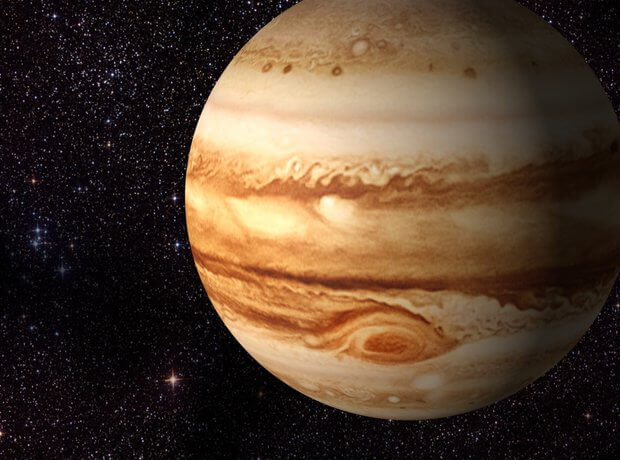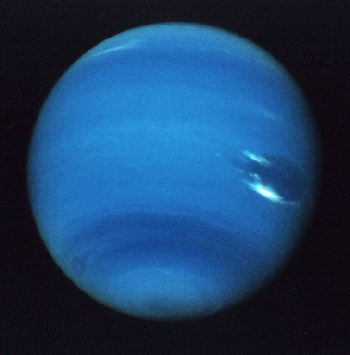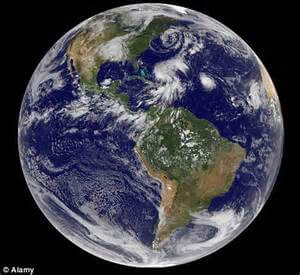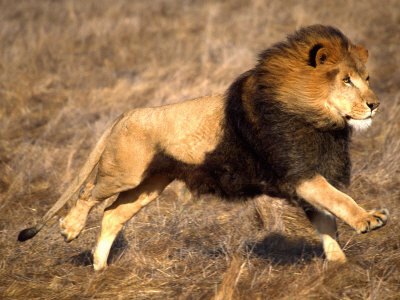Top 5 Biggest Planets
Published:Walk outside and have a look around. That is your world and it appears quite BIG, right? Now, realize that you are just looking at a small piece of Earth, and that the entire Earth is so small that 1,321 of them could fit into Jupiter! Feeling a little smaller now huh? Check out our Top 5 Biggest Planets list for more cool facts about some of our solar systems largest places.
1) Jupiter

- Mass is 2.5 times that of all the other planets in the Solar System combined
- About 1/10 the radius of the Sun
- Theoretical models indicate that if Jupiter had much more mass than it does at present, it would shrink (due to increased pressure)
- Radius: 69,911 km / 43,441 miles
- 1,120% the size of Earth
2) Saturn

- Probably composed of a core of iron–nickel and rock
- Has a ring system with nine continuous main rings and three discontinuous arcs and is mostly composed of ice particles
- 62 moons are known to orbit Saturn
- Radius: 58,232 km / 36,184 miles
- 945% the size of Earth
3) Uranus

- One of the Ice Giants because of its icy composition
- Coldest planetary atmosphere in the Solar System
- Has a ring system, a magnetosphere, and numerous moons
- Radius: 25,362 km / 15,759 miles
- 400% the size of Earth
4) Neptune

- Farthest planet from the Sun in the Solar System
- Among the gaseous planets in the Solar System, Neptune is the most dense
- In contrast to the relatively featureless atmosphere of Uranus, Neptune's atmosphere has active and visible weather patterns
- Radius: 24,622 km / 15,299 miles
- 388% the size of Earth
5) Earth

- Largest of the Solar System's four terrestrial planets
- The only astronomical object known to accommodate life
- Composed mostly of iron, oxygen, silicon, magnesium, sulfur, nickel, calcium, and aluminium
- Radius: 6,371 km / 3,959 miles
- Densest planet in the Solar System



